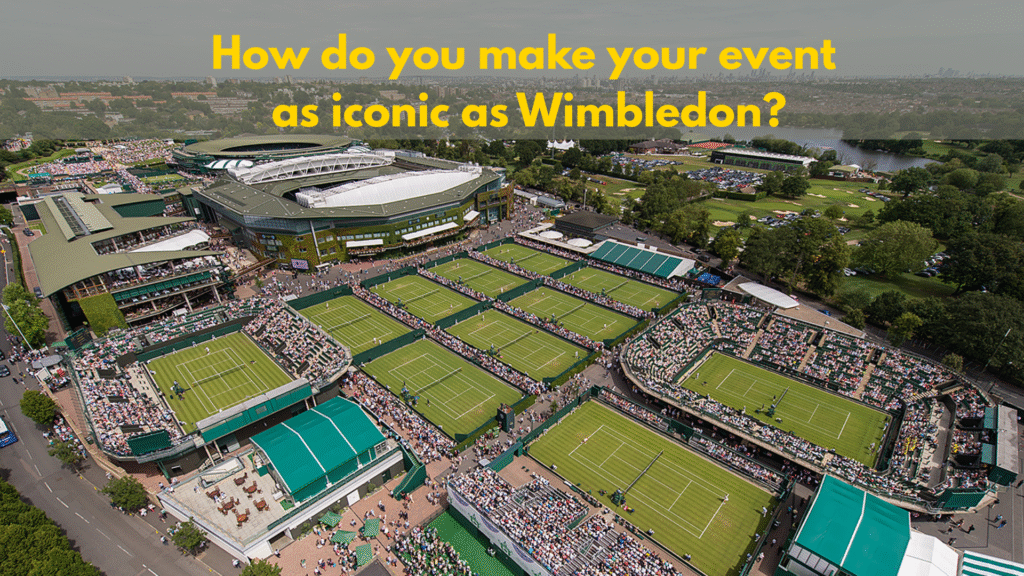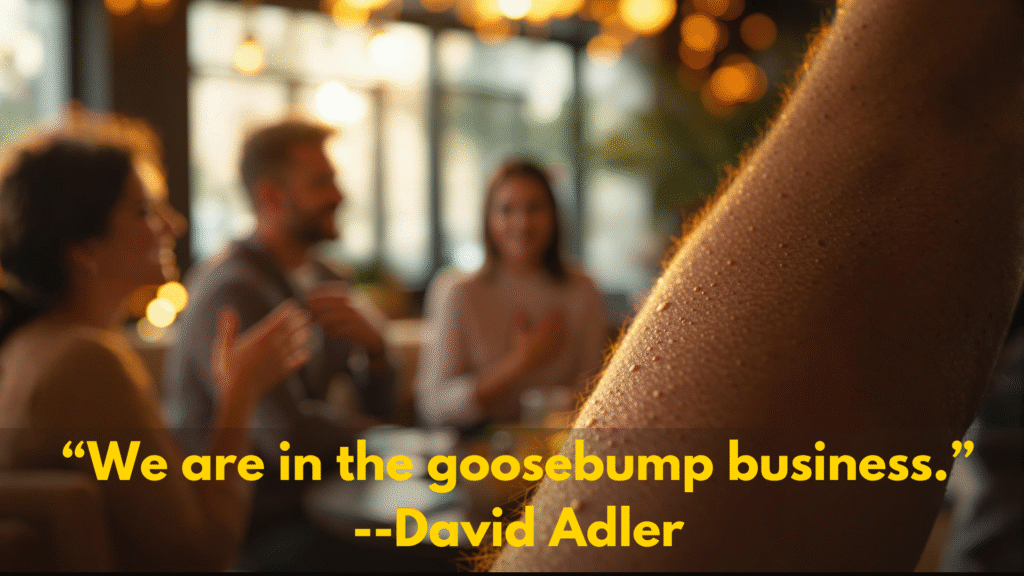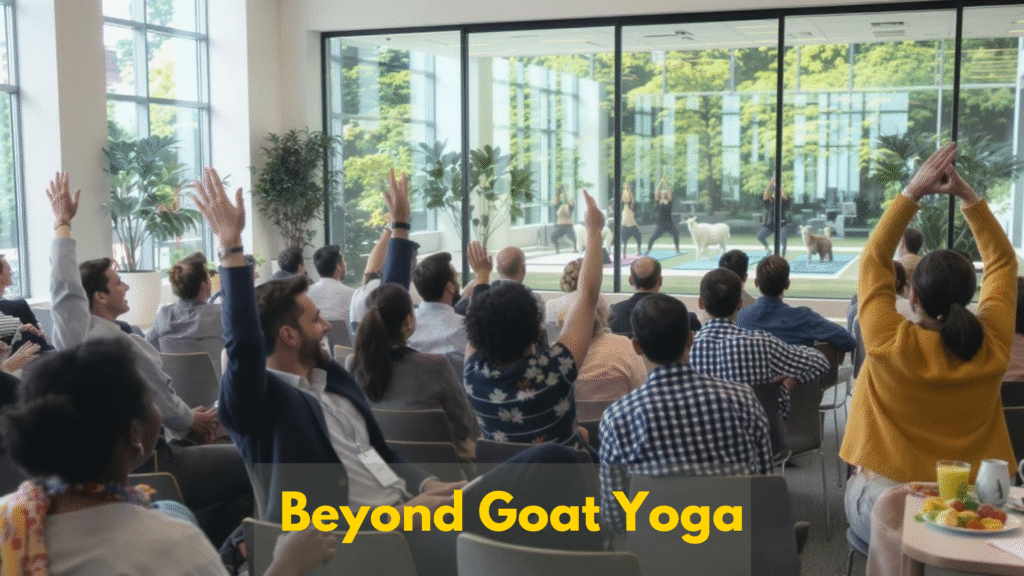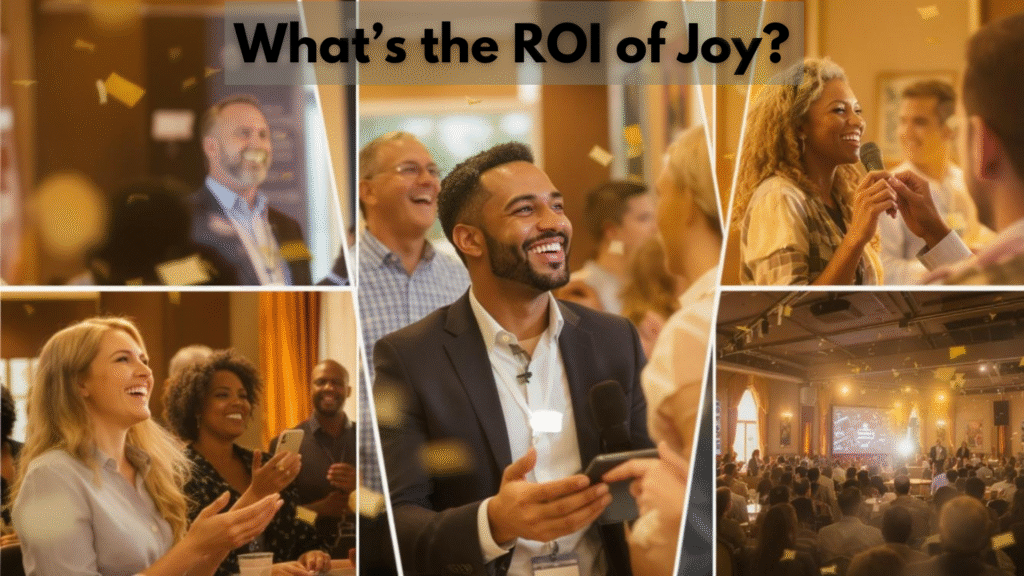Ask ten casual sports fans to name a tennis tournament and eight will say “Wimbledon.”
I’ll never forget attending Wimbledon right out of college. Seeing John McEnroe at his best. Almost running into Steffi Graf. Lining up in the queue overnight while it rains so we can get seats the next day.
The brand recognition is almost Pavlovian and the experience is iconic. From the finely manicured lawns, to players attired in immaculate whites to the ubiquitous strawberries and cream. Behind the Edwardian aesthetics sits a tournament that tweaks technology, visitor flow, and capacity every single year. In other words, Wimbledon is a case study in how to innovate without looking like you’ve changed a thing.
If you run conferences, trade shows, or corporate summits and feel stuck in the how-do-we-stand-out arms race, Wimbledon offers a contrarian playbook. Below is an analysis of why “The Championships” feels so unique—and which elements translate to the business-event world.
1. Tradition as a Brand Asset—not a Museum Piece
- Mandatory white attire. The All-England Lawn Tennis Club still enforces a rule limiting any color trim to a single centimeter. That ban on neon logos turns every match into a living black-and-white photograph, instantly recognizable in a doom-scroll feed.
- The Queue. Roughly 1,000 die-hard fans pitch tents overnight for next-day grounds passes. Numbered tickets and a strict code of camping etiquette convert inconvenience into pilgrimage. I’ll never forget the gatekeeper bringing us free guides as a consolation for waiting through the overnight rain.
- Strawberries & cream. Two and a half million berries—picked at dawn 50 kilometers away—sell out almost every day, even at London prices. And boy are they good!
Events takeaway
Tradition works because Wimbledon curates just a handful of inflexible rules, not fifty. The dress code applies only to competitors, not spectators; the Queue affects a slice of admissions, not everyone; the strawberries are optional. If you add “non-negotiables” at your conference, ask: Does this rule create a story guests will repeat, or merely another hoop to jump through?
2. Scarcity by Design
Centre Court seats 14,979 people—a boutique theatre compared with the 23,700-seat Arthur Ashe Stadium in New York. Daily grounds capacity sits at about 42,000, and even after the planned Parkland expansion the limit will rise only to 50,000.
Scarcity fuels buzz. Ticket lotteries sell out months ahead; resale prices spike; odds of a B-list celebrity in the stands climb. Limited can often beat bigger in perceived value.
Conference reflection: Could you lower venue capacity, raise ticket tiers, and funnel the extra margin into surprise-and-delight programming? If that feels reckless, remember Wimbledon pairs scarcity with broadcast ubiquity—millions watch free on TV (Breakfast at Wimbledon, anyone?). Restrict physical seats, but open digital sidelines (e.g., live-streamed masterclasses, backstage interviews).
3. Innovation Behind Ivy-Covered Walls
The All-England Club loves a hidden upgrade: Hawkeye line-calling, two retractable roofs, smart-court moisture sensors. The most headline-grabbing addition lately is generative-AI commentary for highlight reels, built with IBM’s Watson. The system layers audio and on-screen captions onto clips that never had human announcers, giving casual fans context in seconds.
Events takeaways
Heritage venues often stumble when slapping flashy tech onto antique woodwork. Wimbledon succeeds by aiming digital features at gaps—never at rituals. AI fills in silent highlight packages; it doesn’t replace John McEnroe on the live feed. For conferences, deploy tech where no emotional equity yet exists (say, automated note-taking) and leave high-touch moments (speaker intros, award trophies) to humans. Also consider ways to highlight the historic value of your venue while giving technology the chance to augment the experience.
4. Six Principles Conferences Can Borrow (With Caveats)
| Wimbledon Principle | Conference Adaptation | Challenge |
| One Signature Rule – “Wear white.” | Example: “Phones down during keynotes.” | Can you enforce it politely and explain the why? |
| Pilgrimage Entry – The Queue. | Example: Timed badge pickup that doubles as a street-fair welcome. | Does the wait add anticipation—or cause Twitter rants? |
| Edible Icon – Strawberries. | Example: A local branded pastry served only at breakfast networking. | Instagrammable is good, but make sure your customer service is even better.. |
| Sacred Space – Centre Court hush. | Example: A main stage with “no re-entry” doors and velvet-dark audience. | Will attendees revolt if they can’t easily get back to their seats? |
| Heritage + Hidden Tech – AI commentary. | Example: Retro stage design + AI subtitle overlay for deaf viewers. | Does tech feel seamless? Have a fallback if Wi-Fi dies. |
| Visible Prestige – Royal Box. | Example: Founder’s Loft overlooking expo floor. | Inspire aspiration, not resentment—balance with scholarship passes. |
5. What to Consider
- Know your audience. Wimbledon still uses “ladies” and “gentlemen.” That elevates the experience in the presence of royalty. It’s not the way we speak everyday, but it makes the whole event feel special. Should your event develop a unique language and culture?
- Determine your culture. Whether it’s the single-color mandate, bowing to the royal box, or enforcing silence during play, Wimbledon has a very specific culture that players revere. It’s not everyday, but it’s unique. What can you do to make your experience iconic that causes people to immediately recognize your event?
- Know what matters. Wimbledon has evolved for 147 years by freezing about 5 % of its DNA (grass, whites, strawberries, royalty) and letting the other 95 % morph with audience expectations. Conferences often do the opposite: they redesign the logo, theme, and bios every year while ignoring nagging pain points like badge queues or recycled coffee.
- Go beyond the checklist. Be willing to take care of your fans–even if it means you have to stop the match.
Your homework: List every recurring element of your event. Highlight in bold the two or three traditions that truly make attendees say, “Yep, that’s our show.” Then vow to protect those at all costs—while giving yourself permission to overhaul everything else.
6. Final Serve
Wimbledon proves that heritage and experimentation are not enemies. By staging a living period drama on the surface—and a tech lab under the hood—it delivers consistently record TV audiences, sold-out grounds, and player reverence all at once.
So the next time you write “innovation” in a pitch deck, pause and ask:
- What am I willing to leave untouched for a decade?
- Where can I insert friction that feels like a rite of passage, not a failure of logistics?
- Which silent pain point could a stealthy tech layer erase?
Answer those, and your conference might just become the Centre Court of its industry—grass optional.
If this sparked ideas—or objections—drop them in the comments. I’ll be in the (virtual) Queue.



